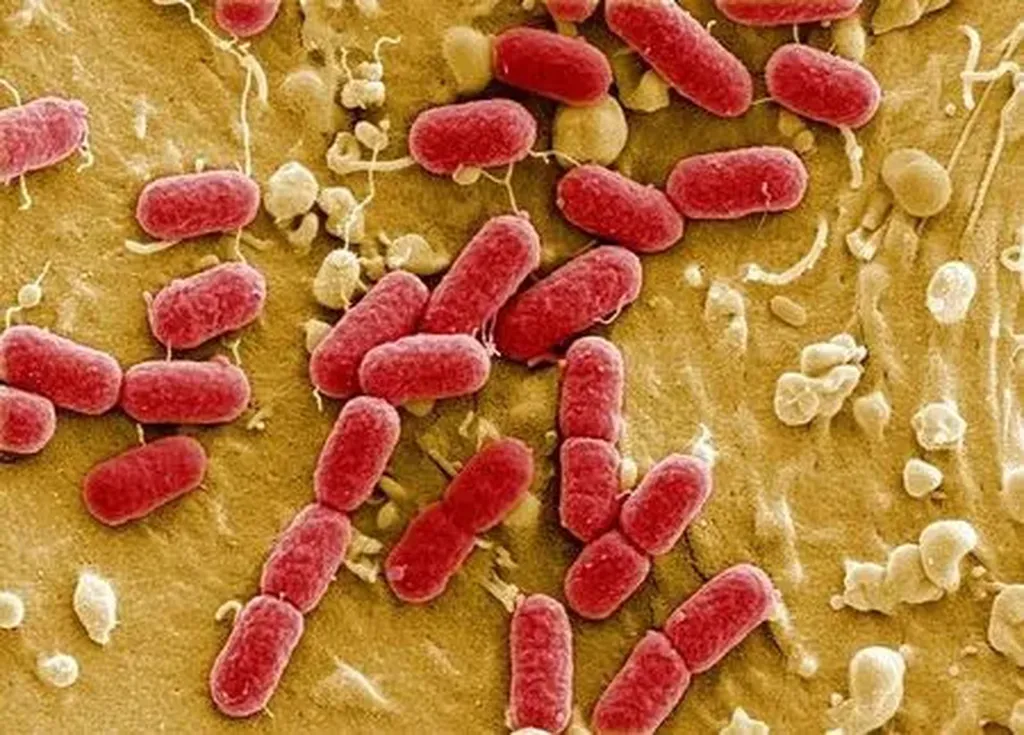In a groundbreaking study published in *Emerging Microbes and Infections*, researchers have uncovered alarming trends in the global spread of antimicrobial resistance (AMR) in Salmonella enterica serotype Kentucky (S. Kentucky), a bacterium posing significant threats to both human health and the agriculture sector. The research, led by Kaifeng Chen of the National and Regional Joint Engineering Laboratory for Medicament of Zoonoses Prevention and Control at South China Agricultural University, provides critical insights into the emergence of a new, highly resistant strain and its implications for global health and food safety.
The study analyzed the genomes of 9,557 S. Kentucky samples from 47 countries, revealing a broad geographic distribution of the bacterium. Notably, the researchers identified a novel epidemic sequence type, ST314, which has emerged as a dominant strain, particularly in China. This strain has been linked to the chicken supply chain, highlighting the critical role of poultry in the transmission of S. Kentucky to humans.
One of the most significant findings of the study is the discovery of a chromosome-borne blaNDM-5 gene in S. Kentucky. This gene confers resistance to carbapenems, a class of antibiotics often reserved for treating severe infections. “The presence of blaNDM-5 on the chromosome is particularly concerning because it makes the resistance gene more stable and harder to eliminate,” explained Chen. This discovery underscores the urgent need for enhanced surveillance and control measures to prevent the further spread of this resistant strain.
The study also revealed that the ST314 strain exhibits distinct resistance mechanisms compared to the previously dominant multidrug-resistant clone, ST198. The researchers identified the IncR plasmid as a crucial mediator of AMR in Chinese ST314 strains. Machine learning analysis suggested that the IncR plasmid played a significant role in the localized evolution of ST314 within China. “Our findings indicate that the IncR plasmid has contributed to the rapid evolution and spread of ST314, making it a major public health concern,” Chen added.
The commercial impacts of this research are profound for the agriculture sector. The identification of the chicken supply chain as a primary source of S. Kentucky transmission highlights the need for stricter biosecurity measures and improved hygiene practices in poultry farming. Farmers and food processors must be vigilant in monitoring and controlling the spread of this bacterium to prevent outbreaks and ensure food safety.
The study also provides valuable insights into the global dissemination patterns of S. Kentucky. By analyzing sequence data, the researchers traced the origin of ST314 to the United Kingdom and demonstrated its subsequent spread to other countries. This information is crucial for developing targeted interventions and containment strategies to curb the further spread of this resistant strain.
The findings of this study have significant implications for the future of AMR research and public health policy. The emergence of ST314 as a new global risk underscores the need for continued investment in genomic surveillance and the development of new antimicrobial treatments. “Our research highlights the importance of a One Health approach, which integrates human, animal, and environmental health to combat the spread of antimicrobial resistance,” Chen emphasized.
As the agriculture sector grapples with the challenges posed by AMR, this study serves as a wake-up call for increased collaboration between researchers, policymakers, and industry stakeholders. By leveraging advanced technologies such as machine learning and genomic analysis, we can better understand and mitigate the risks associated with antimicrobial resistance. The findings of this research will undoubtedly shape future developments in the field, driving innovation and fostering a more resilient global health ecosystem.

